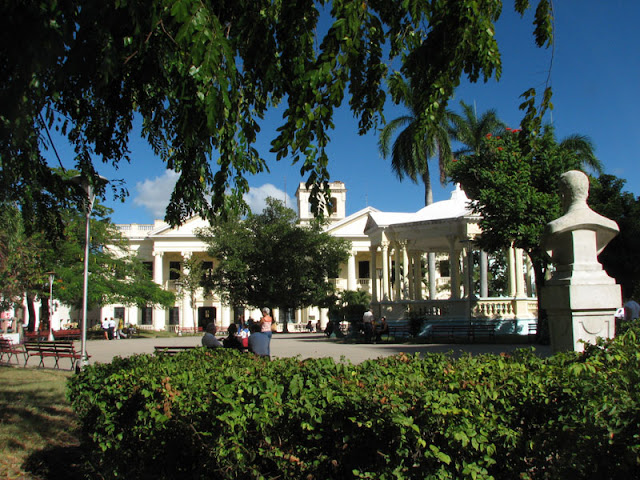The Truth about the Statistics of the War of ’95 and the Vuelta Abajo Campaign led by Antonio Maceo By Alberto S. Bustamante
The Truth about the Statistics of the War of ’95 and the Vuelta Abajo Campaign led by Antonio Maceo
By Alberto S. Bustamante
At the end of the War, in 1998, Dr. Ovido, Sub-Inspector of Military Health of the Spanish Army, declared,
“We will never know the number of casualties of this last campaign in Pinar del Río, but it is very close to 80,000.”
Horacio Ferrer, veteran of that campaign, agrees, saying,
“Of the 226,000 men that Spain sent to Cuba, upon signing the peace treaty there were only 119,500 left in the fields of combat that were shipped back. 106,000 died in the fields, in hospitals, from wounds, or from illnesses (Ferrer c. 1950).”
The vast majority of them were buried in the manigua (swampy region) (Izquierdo Canosa c. 2001). García del Pino dares to conjure that an important part of these casualties was produced in the heated Pinar del Río campaign, led by General Antonio Maceo.
On January 6, 1897, the “Heraldo de Madrid” mentions a reduced battalion in Candelaria, Pinar del Río, of only 320 men, not too far another one that only counted on 82, and one that had only 17 soldiers. From a column that began operations with 4,000 soldiers on November 26, only 700 men remained, and four days later was reinforced with 300 men fresh out of the hospitals.
In November 1896, when Maceo was preparing his pass through la Trocha, he left a perfectly organized army, that did not exceed 4,000 men, and its intelligence activity, with a high level of organization that was widespread and counted on help from farmers — an ingenious form of communication, heavily used in Vuelta Abajo, that was never discovered, and which was known as the “clothesline telegraph.”
Maceo also did not lack informative aid, such as material from urban agents. Among them, employees of the Spanish government, essentially marine and railway telegraphers.
The desperate measures taken by Weyler, with the reconcentration of farmers, far from helping them, increased the fight against its abuses, with genocide.
On December 8, when Weyler learned of Maceo’s death, he invented the fabulous combination of his authorship, to attribute to himself the action in San Pedro, saying that Maceo was escaping from Vuelta Abajo. This way, he also silenced the terrible loss that was suffered battling against General José María Aguirre in the terrains of the farms of Morales, Volcán, Bobiney, Plátano, and Nazareno in battle that lasted 11 hours, won in part by the charge of a Cuban Cavalry of 500 men, killing one of the Spanish leaders, Col. Aguayo, with great losses despite counting on 3,500 Spaniards. This occurred a great distance away from San Pedro in Punta Brava in Havana, in which Maceo died on December 7.
Consulting the literature from Portell Vilá, Ramiro Guerra,
Calixto Maso, and others, throughout the years, the official
statistics from the War of 1895–1898 are the following:
Spain
had 278,447 soldiers in Cuba. In 1887, the population of Cuba was of
1,631,687 inhabitants. In 1899, the population of Cuba was of
1,572,797 and it should have been of 2 million inhabitants.
Approximately 400,000 lives were lost in the war, accounting for
roughly 20% of the population.


Comments
Post a Comment